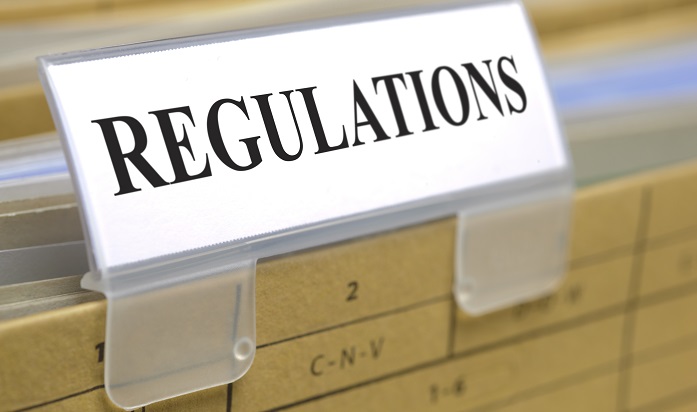Basic Knowledge requirements
Prior to 1149/2011 there was no limit concerning the basic experience, the number of attempts and the waiting period before resitting each module and the time available after passing the exams in order to apply for a licence.
For type training there was no limit regarding the time to complete the “type training” and the time available after completing the type training in order to apply for a licence.
Significant changes introduced in EASA Part 147 & Part 66 Process and or Requirements as a result of EASA regulation (EC) 1149/ 2011 include:
a) Adjustment to Time limits for the demonstration of compliance with knowledge experience requirements;
Now Examination and Practical must be completed within 3 years prior to the application for License Endorsement.
In addition the waiting period for Module Failure is
30 Days after the 1st Attempt
60 Days after the 2nd Attempt
1 year after the 3rd Attempt
b) Aircraft Maintenance Licence for Non- Complex Aircraft;
Including information regarding transition to B3 Licence
c) Provide Clarification of terms Electrical System, Avionic System and Simple Test;
d) Clarification of Cat A privileges and updating the list of typical tasks;
e) Privileges of B1 & B2 Aircraft Maintenance Licence, Type and Group Rating and Type Rating Training;
Identification of the responsibility of the Certifying Staff and Maintenance Organisation to ensure appropriate knowledge skills, attitude and experience. EASA recognises that holding a license does not automatically equate to the person being competent to release a particular aircraft.
Note that after 28 September 2015 it is mandatory to comply with EASA Part 66 for all new and converted licences and it is also mandatory for Certifying staff to have a Part 66 Licence (New or Converted)
Limited Derogation Still Valid
There is an exception derogation to 2022 but this only applies to B2 Staff who have completed Basic Modules prior to the implementation date who have 10 years of Grandfather privileges to convert there module passes into an EASA Part 66 licence.
f) Separate Type Training (Theoretical & Practical) from “On The Job Training” in order to standardize the process;
g) Provide Clear Requirements for the Duration / Content of Theoretical and Practical Elements of the Type Training and “On The Job Training”;
h) Introduce clear Requirements and guidance material related to the Training Needs Analysis (TNA).
Sofema Aviation Services offers EASA Part 147 & Part 66 Training. For details please see here. For additional information please see www.sassofia.com or email: office@sassofia.com




